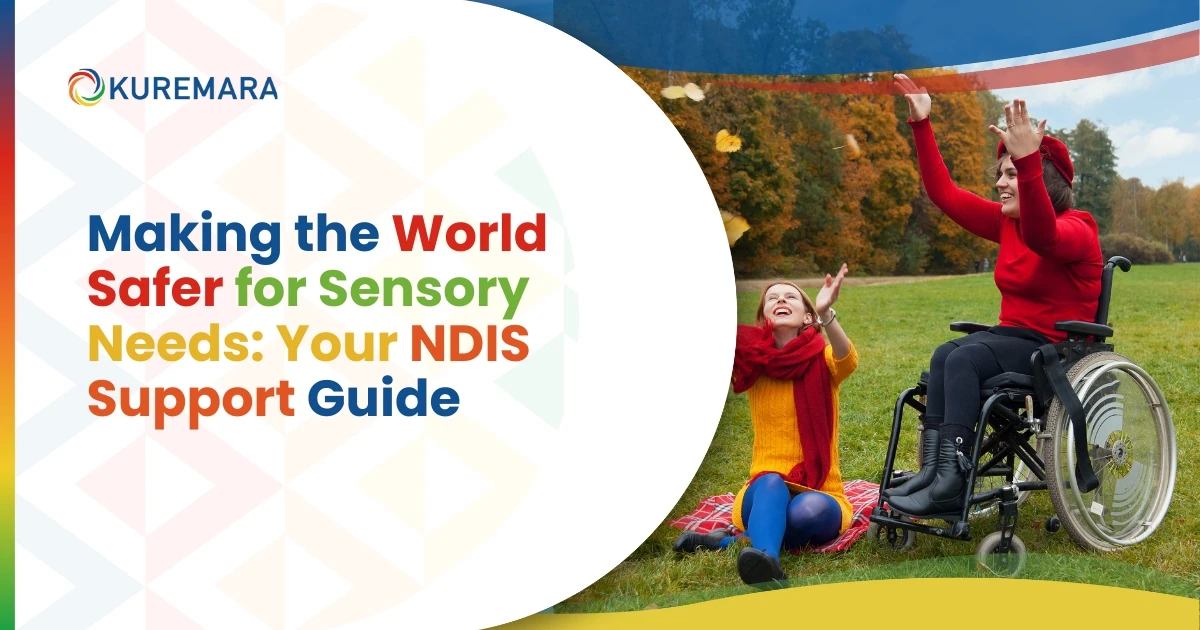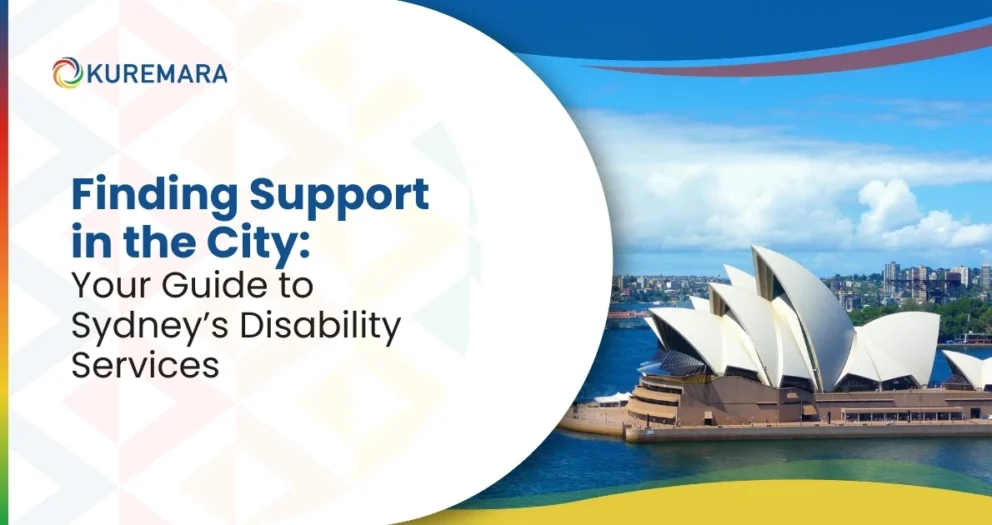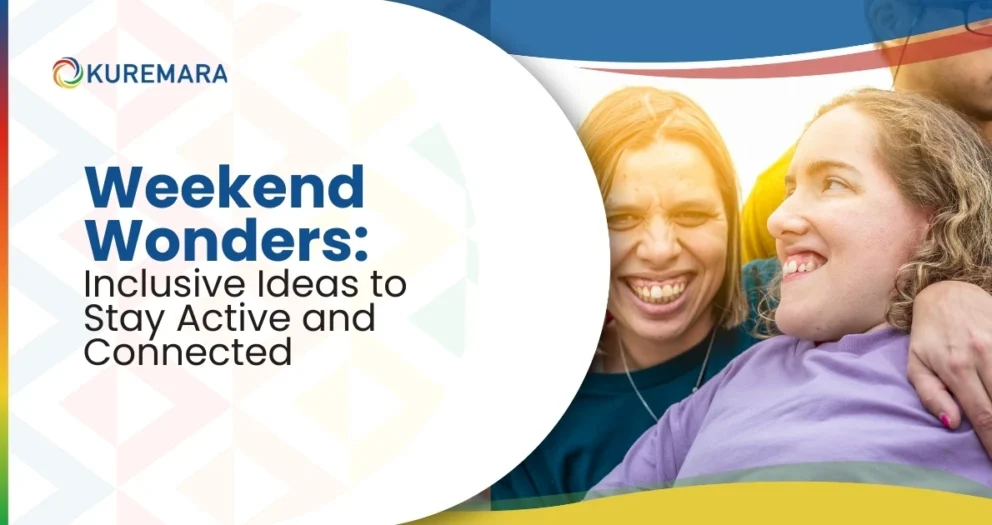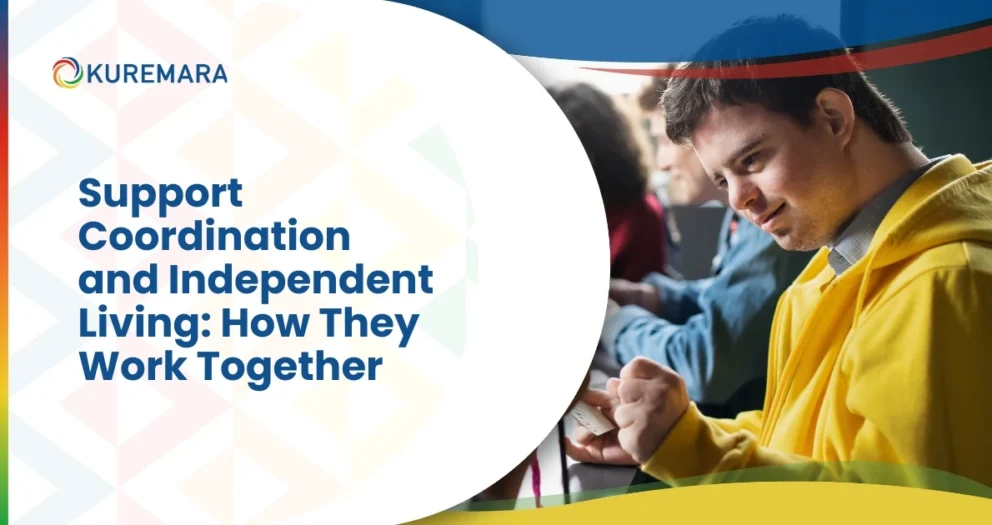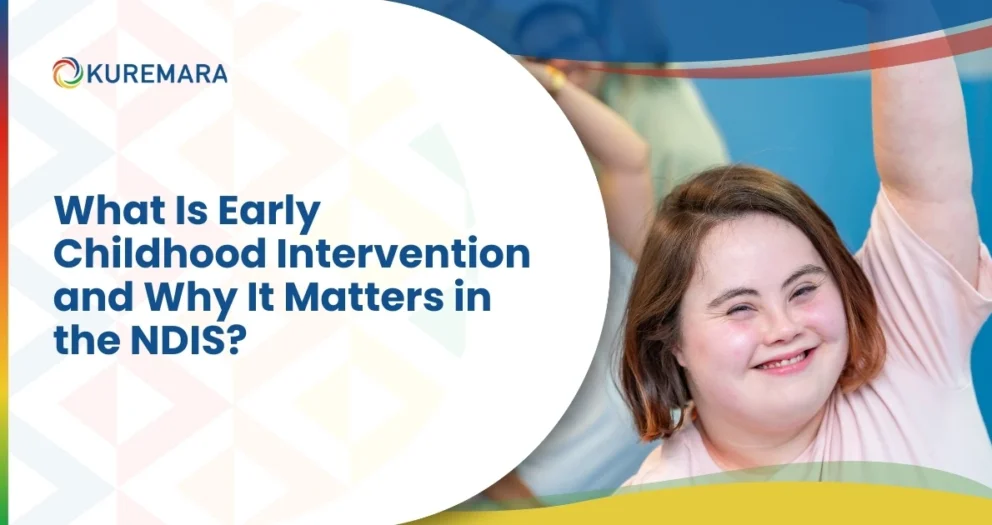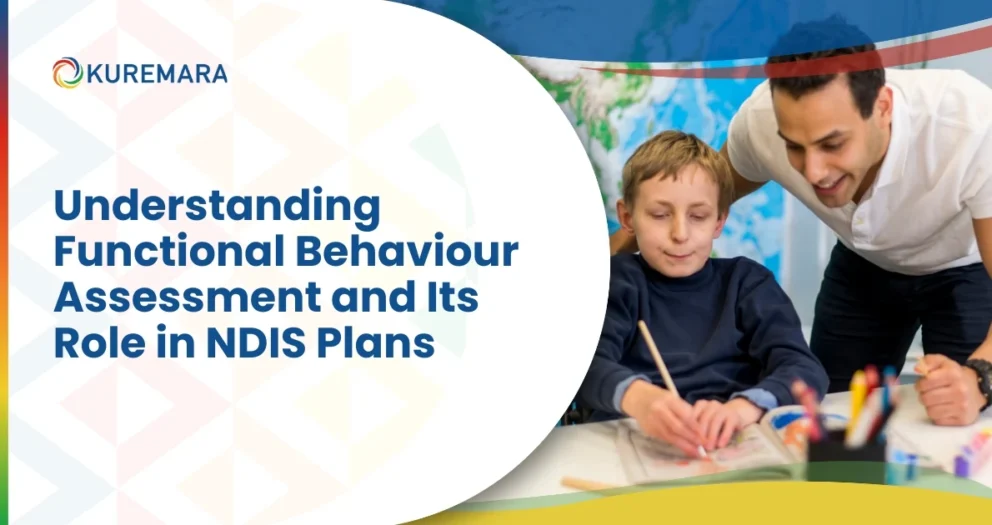Everyone deserves to feel safe, calm, and understood, especially when it comes to navigating the sensory experiences of the world around them.
For many Australians living with sensory disabilities, the simple sounds, sights, and textures of daily life can be overwhelming. That’s why creating sensory-safe environments is not just a courtesy, it’s a necessity.
Understanding Sensory Disabilities
What Is a Sensory Disability?
A sensory disability refers to a condition that affects how a person receives and processes sensory information. This may include difficulties related to sight, sound, touch, smell, taste, or balance. People with sensory disabilities may experience hypersensitivity (over-responsiveness) or hyposensitivity (under-responsiveness) to environmental stimuli. The impact can range from mild discomfort to severe distress, influencing one’s ability to function, participate, and thrive in everyday situations.
The Vision of a Sensory-Safe World
Imagine a world where bright lights are dimmable, noise levels are controlled, and textures are carefully selected to comfort rather than distress. This vision promotes inclusivity, accessibility, and understanding, ensuring individuals with sensory disabilities feel safer and more supported, wherever they go.
The Role of the NDIS
The National Disability Insurance Scheme (NDIS) plays a vital role in supporting people with sensory disabilities. It offers access to funding and personalised support that can transform living environments, education settings, and community spaces into sensory-safe havens.
Whether you’re creating a sensory-safe space for the first time, making home adjustments for your child or elderly parent, or working as a Support Coordinator advocating for inclusive spaces, this guide is for you.
Understanding Sensory Needs and Challenges
1. Diverse Sensory Profiles
Sensory processing is unique to each person. While one individual may find joy in bright colors and music, another might find the same stimuli overwhelming. Understanding this diversity is key to developing truly supportive environments.
2. Common Sensory Sensitivities

3. Sensory triggers vary widely but often include:
- Auditory: Loud noises, sudden sounds, background chatter.
- Visual: Bright or flickering lights, cluttered spaces.
- Tactile: Uncomfortable clothing textures, sticky surfaces.
- Olfactory: Strong scents from perfumes, food, or cleaning products.
- Proprioceptive/Vestibular: Discomfort with movement, balance, or spatial awareness.
These sensitivities can affect daily routines, emotional regulation, and social participation.
Why Sensory-Safe Environments Matter

When sensory triggers are managed thoughtfully, individuals experience:
- Reduced stress and anxiety
- Increased independence and autonomy
- Improved emotional regulation
- Greater participation in daily life and community activities
How the NDIS Supports Sensory-Friendly Living
How the NDIS Helps
The NDIS empowers individuals by providing funding to support their sensory needs. This can include specialised equipment, professional therapies, and home modifications tailored to sensory profiles.
Relevant NDIS Funding Categories
- Assistive Technology: Devices that support sensory regulation.
- Home Modifications: Changes that make living spaces more comfortable and accessible.
- Therapeutic Supports: Professional services, such as occupational therapy, that build capacity.
- Core Supports: Includes support workers who assist in navigating everyday challenges.
- Early Childhood Early Intervention (ECEI): For children under 7, the NDIS funds early supports that build a strong sensory foundation.
Examples of NDIS-Funded Sensory Supports
- Assistive Technologies: Noise-cancelling headphones, weighted blankets, screen readers, magnifiers, sensory toys.
- Therapeutic Supports: Sensory integration therapy from occupational therapists.
- Modifications: Installing blackout curtains, creating low-stimulation zones, and using soft lighting.
- Support Workers: Providing help in environments like shopping centers, public transport, or medical appointments.
- ECEI: Customised supports for children to manage and explore their sensory experiences in a safe way.
A Practical Guide to Creating a Sensory-Safe World
1. For First-Time Creators
Assessment
Start with observation and/or professional assessment to understand individual sensory preferences and sensitivities.
Planning
Design a sensory-friendly environment based on those needs whether it’s one room or an entire home.
Basic Modifications
- Use neutral lighting and colours.
- Create quiet zones using rugs, curtains, or dividers.
- Avoid strong-smelling products.
- Use visual schedules or communication boards.
Using NDIS Funding Wisely
Speak with your Support Coordinator to understand what funding categories apply and how to include sensory needs in your NDIS plan review.
2. Tailoring Spaces for Loved Ones
Children
- Calming corners with bean bags and sensory toys.
- Visual aids to help with transitions and understanding.
- Play areas with textures, lights, and interactive elements.
- Weighted blankets or vests
- Calming tents or quiet areas
Older Persons
- Low-glare lighting for visual sensitivity.
- Soft, breathable fabrics to prevent tactile discomfort.
- Simplified, clutter-free zones to ease navigation.
- Familiar textures and materials
- Visual prompts for orientation
Quick Reference: Sensory-Safe Environment Checklist

- Noise-reducing tools (curtains, soft flooring)
- Adjustable lighting
- Clear pathways
- Access to sensory tools (fidget toys, weighted items)
- Scent-free products
- Quiet retreat spaces
- Easy communication tools
Support Coordinators: Your Role in Sensory Safety

Understanding Client Sensory Profiles
Support Coordinators should prioritise understanding each client’s sensory needs through conversations, assessments, and family insights.
Navigating the NDIS Plan
Identify and include sensory-related supports during plan reviews or when requesting plan reassessments. Link needs with the appropriate funding categories.
Connecting with Providers
- Use directories like the Provider Finder on the NDIS website.
- Reach out to sensory specialists, occupational therapists, or home mod professionals.
- Ensure providers are registered and understand sensory accommodations.
Collaboration Is Key
Work alongside allied health professionals, educators, and family members to ensure an aligned and supportive approach to care.
Kuremara’s Vision for Sensory Inclusion
“At Kuremara, we believe that true inclusion begins with understanding. Sensory safety isn’t just about modifying a space; it’s about empowering individuals to feel at ease, confident, and engaged in their environment.”
We’re passionate about walking alongside participants and families to design supports that reflect their needs and aspirations. Whether it’s a calming home space or a community-based program, we make inclusion practical, personal, and powerful.
Take the Next Step Toward Sensory Inclusion
Creating inclusive, sensory-safe spaces is more than a one-time project; it’s a journey of awareness, adaptation, and advocacy. By understanding the diverse needs of individuals with sensory disabilities, we can build environments that support comfort, confidence, and connection.
Key Takeaways from This Guide
Here’s a quick summary of what you’ve learned:
- Sensory disabilities impact how people interact with their surroundings, influencing everything from focus to emotional regulation.
- Sensory-safe environments improve well-being, promote independence, and make everyday life more accessible.
- NDIS funding offers practical pathways to support these needs through assistive technology, therapeutic services, home modifications, and more.
- Everyone has a role to play—from families and carers to support coordinators and service providers in creating spaces that truly welcome and include people of all abilities.
Let’s Create a More Inclusive Tomorrow
Every small change contributes to a more inclusive world. Whether it’s adjusting lighting, introducing calming spaces, or supporting someone through an NDIS plan, your actions matter.
“A sensory-safe world begins with one thoughtful step at a time.”
 care@kuremara.com.au
care@kuremara.com.au
